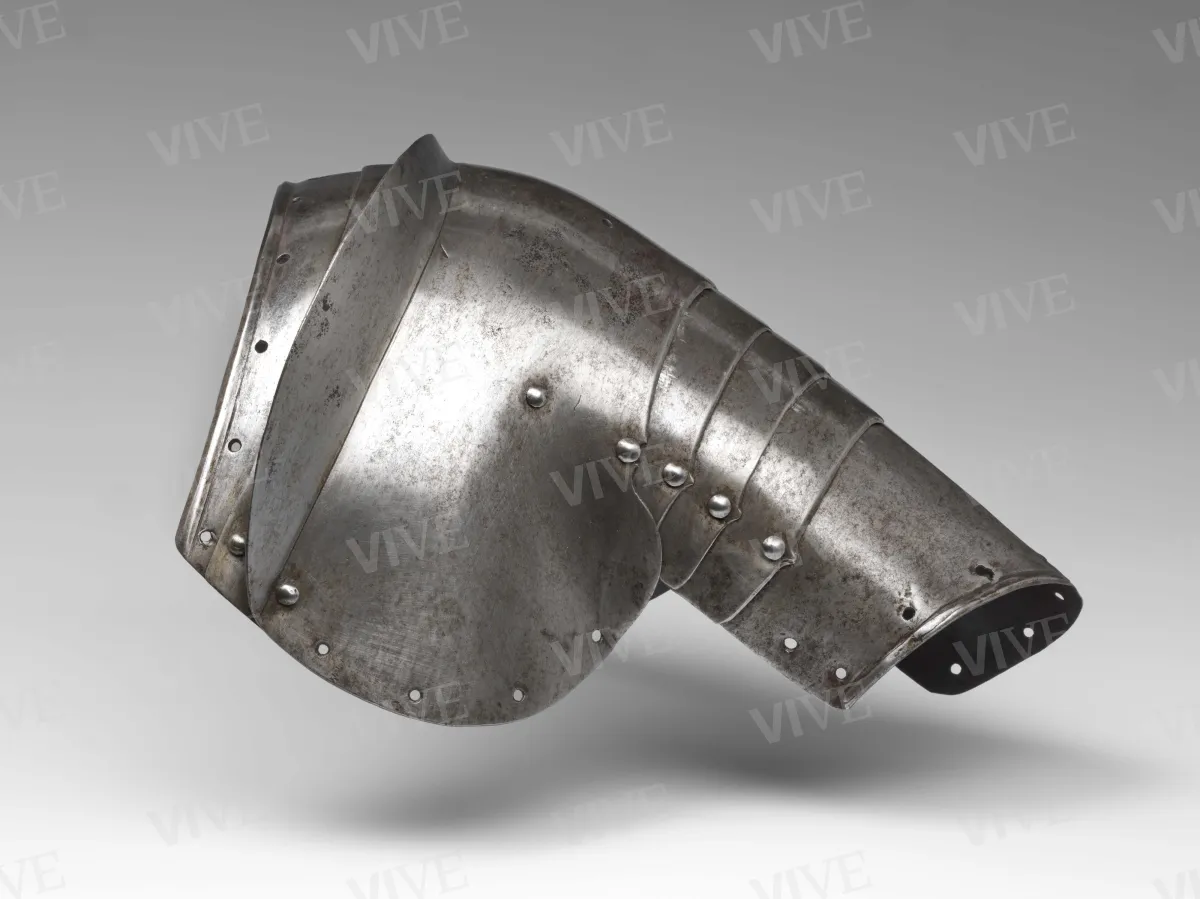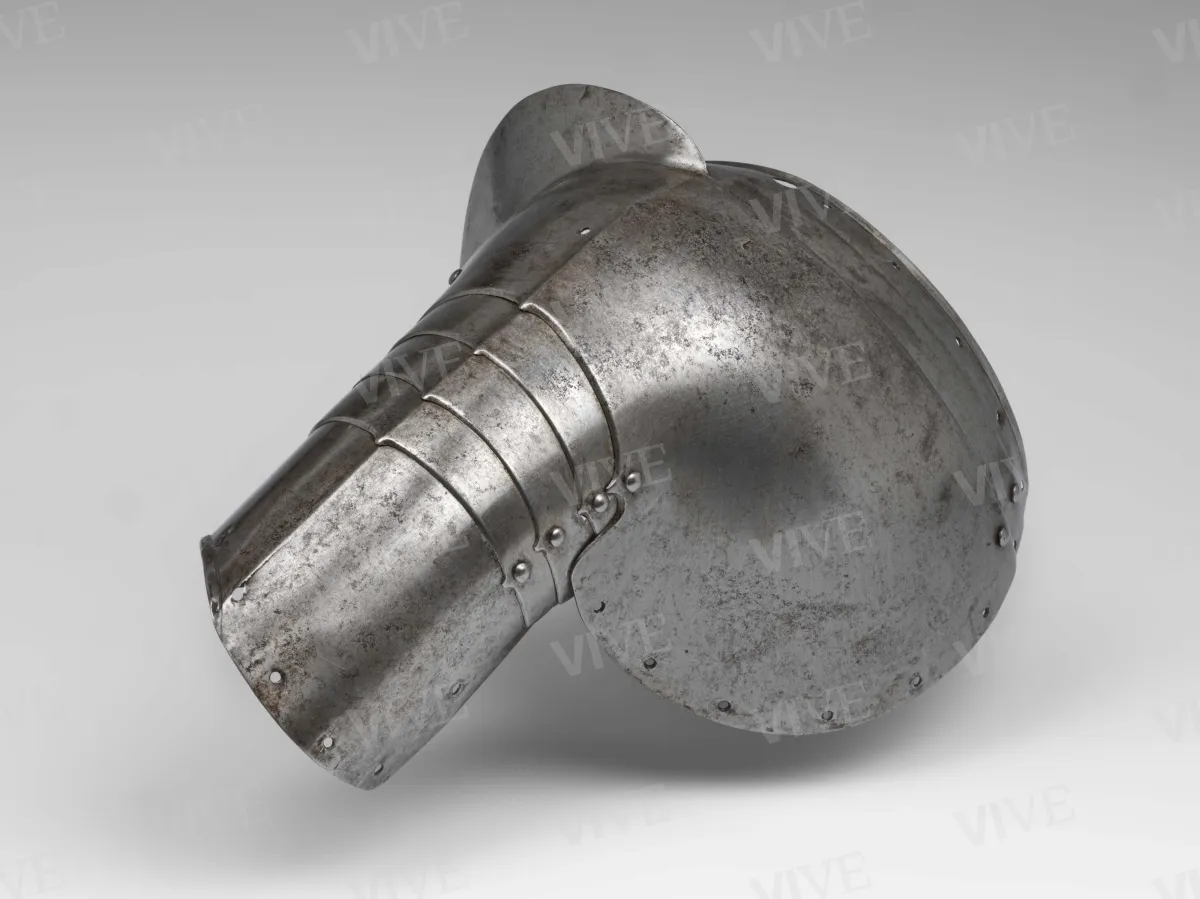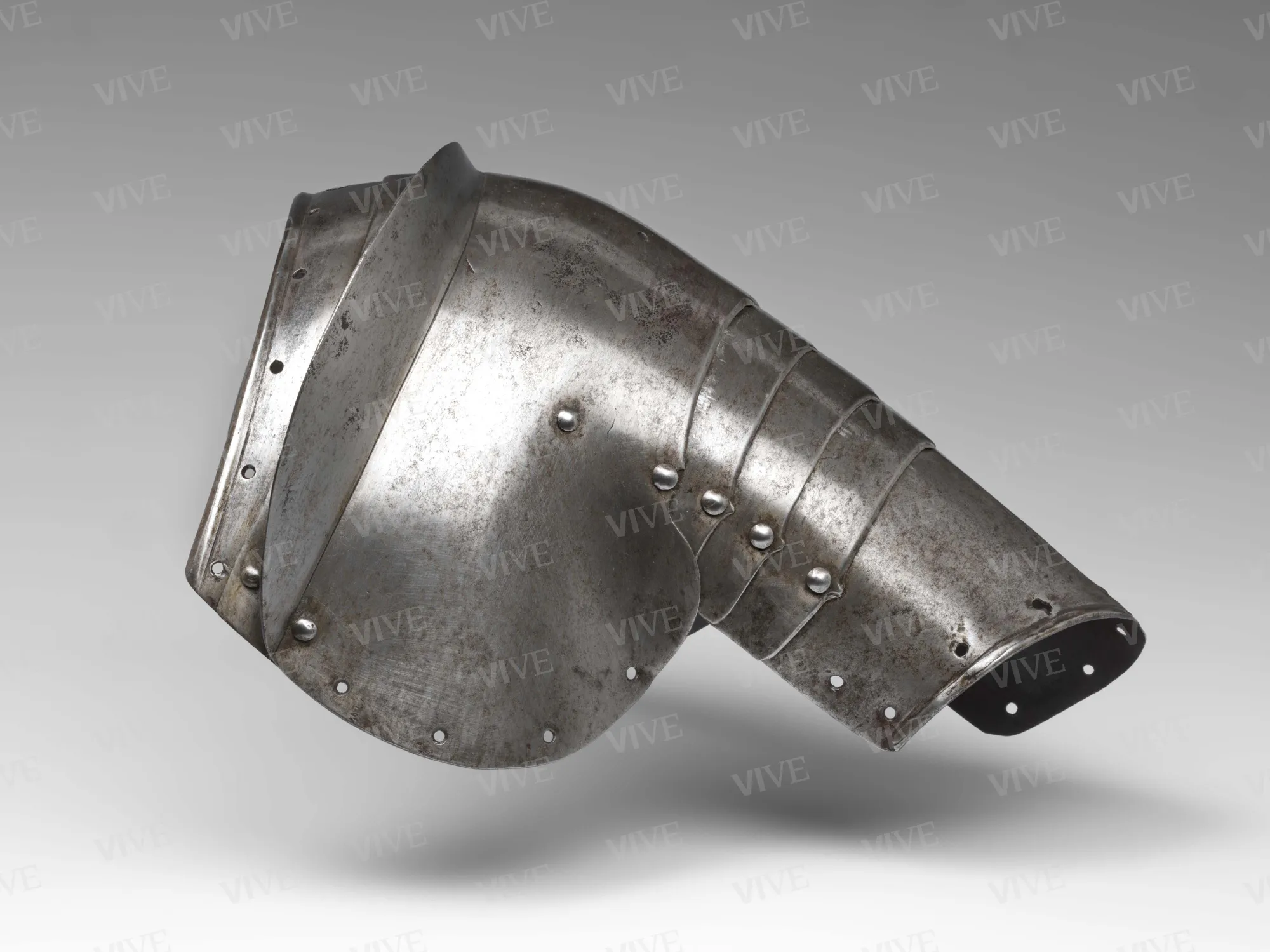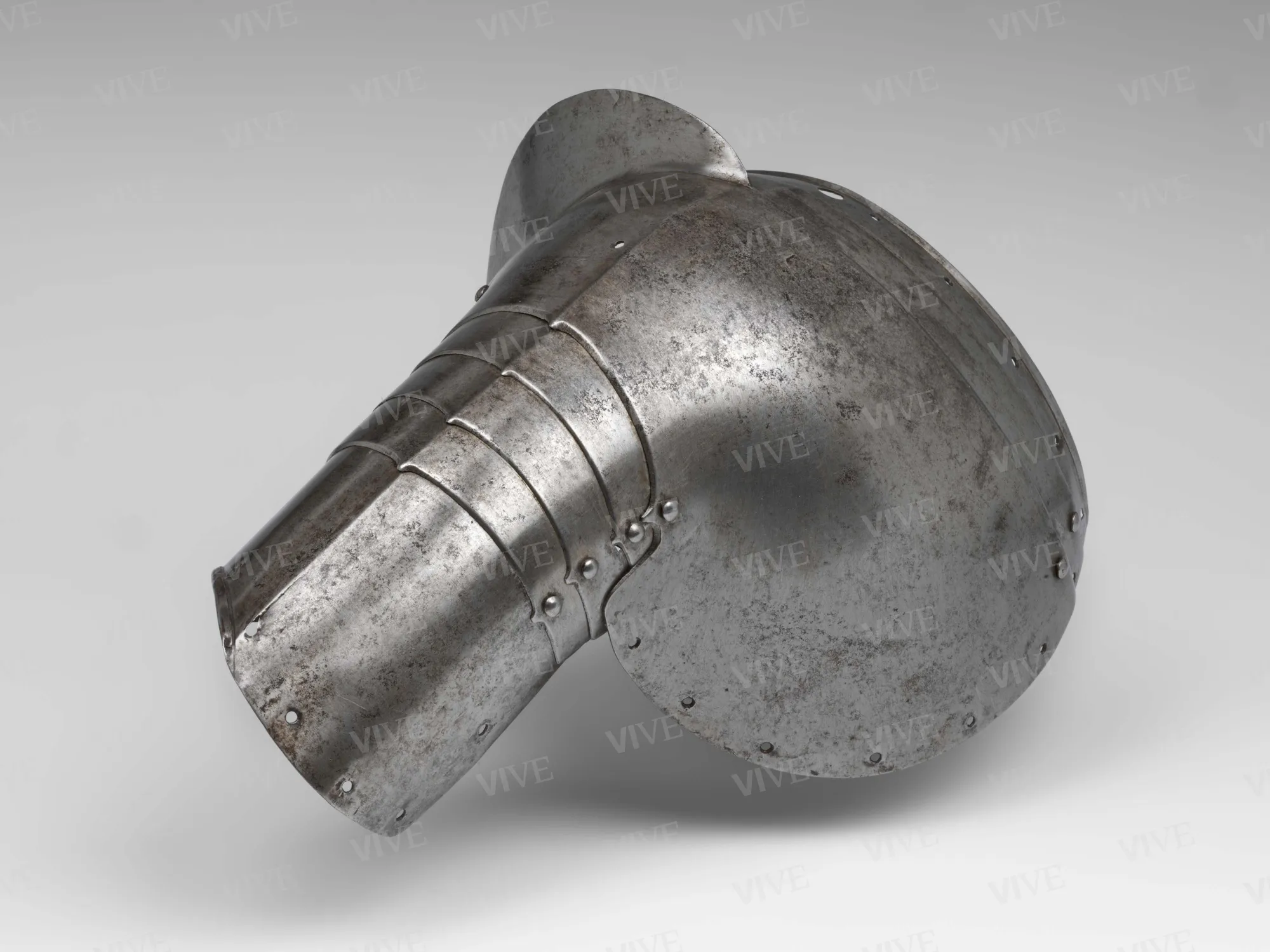Gelli Jacopo, Guida del raccoglitore e dell’amatore di armi antiche, Milano 1900;
Thomas Bruno, Gamber Ortwin, Die Innsbrucker Plattnerkunst, catalogo della mostra (Innsbruck, Tiroler Landesmuseum Ferdinandeum, giugno settembre 1954), Innsbruck 1954;
di Carpegna Nolfo (a cura di), Antiche armi dal sec. IX al XVIII. Già Collezione Odescalchi, catalogo della mostra (Roma, Museo Nazionale di Palazzo Venezia, maggio-luglio 1969), con schede a firma del curatore, Roma 1969, p. 25, n. 125;
Di Carpegna Nolfo, Le armi Odescalchi, Roma 1976;
Barberini Maria Giulia, La collezione Odescalchi di armi antiche: storia della raccolta del principe Ladislao, in «Bollettino d’arte», s. VI, XCI, 2006 (2007), 137/138, pp. 101-114;
Fossà Bianca, Studio conservativo delle armi e armature Odescalchi. Nuove metodologie per la schedatura di una collezione, in «Bollettino d’arte», s. VI, XCI, 2006 (2007), 137/138, pp. 115-142;
Oakeshott Ewart, European Weapons and Armour. From the Renaissance to the Industrial Revolution, Woodbridge 2012;
La Rocca Donald J., How to Read European Armor, New York 2017;
Scalini Mario (a cura di), Armi e potere nell’Europa del Rinascimento, catalogo della mostra (Roma, Museo Nazionale di Castel Sant’Angelo; Roma, Museo Nazionale di Palazzo Venezia, 26 luglio-11 novembre 2018), con schede a firma del curatore, Cinisello Balsamo 2018, p. 81, n. II.10;
Terjanian Pierre, The Last Knight: the Art, Armor and Ambition of Maximilian I, New York 2019.



